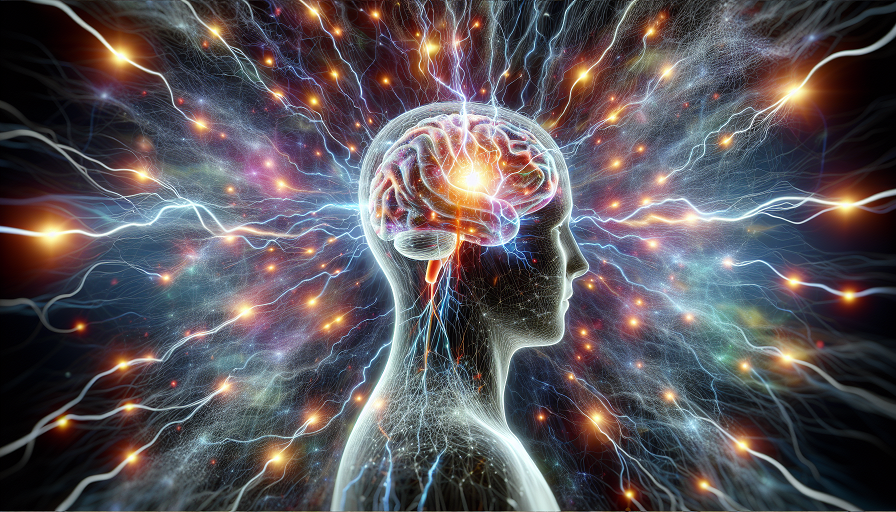
Short answer: Prolonged social isolation is associated with smaller volumes in key brain regions – especially the hippocampus and parts of the prefrontal cortex – and with faster cognitive decline. The effect isn’t inevitable, and it appears partly reversible when people re-engage socially alongside healthy lifestyle changes.
Contents
What the Brain Shows
Neuroimaging studies and animal research converge on a similar picture. In socially isolated rodents, researchers observe reduced neurogenesis in the hippocampus, fewer dendritic spines, and altered synaptic signaling. In humans, large cohort studies report that people who are socially isolated or persistently lonely often show lower gray-matter volume in medial temporal areas (important for memory), thinner prefrontal regions (important for planning and self-control), and weaker white-matter integrity in tracts supporting attention and emotion regulation. Functionally, isolation is linked to less efficient default-mode network activity and slower performance on memory and processing speed tests.
Why Isolation Can Affect Brain Structure
- Chronic stress and cortisol: Isolation raises perceived stress for many, elevating HPA-axis activity. Excess glucocorticoids can impair hippocampal plasticity and shrink dendritic branches over time.
- Inflammation: Lower social support is associated with higher inflammatory markers (e.g., CRP, IL-6). Inflammation can disrupt synaptic remodeling and myelination.
- Reduced cognitive stimulation: Conversation, collaboration, and shared problem-solving are “natural cognitive training,” feeding novelty and complexity that keep neural networks metabolically active.
- Sleep and circadian disruption: Loneliness correlates with fragmented sleep, which undermines memory consolidation and glymphatic clearance.
- Behavioral mediators: Isolation often co-occurs with less physical activity, poorer diet quality, and higher substance use – all risk factors for brain atrophy.
How Much Isolation Is Harmful?
There is no universal threshold. What matters is perceived isolation (loneliness) plus objective contact frequency and diversity. People with a small but emotionally rich network often fare better than those with many weak ties. As a rule of thumb, a rhythm that includes weekly group engagement and daily meaningful micro-interactions (in person or live video/voice) appears protective for many adults.
Who Is Most Vulnerable?
- Older adults living alone or after bereavement.
- People with mobility limitations, hearing loss, or social anxiety.
- Individuals with high caregiving burden or shift work that disrupts social schedules.
- New residents after relocation (students, immigrants, job moves).
Important: Depression and social isolation reinforce each other. If low mood, anhedonia, or passive suicidal thoughts are present, seek professional help; treatment can improve both mood and cognition.
Can the Brain Recover?
Yes – plasticity cuts both ways. Structural MRI studies show that gray matter can stabilize or even increase with enriched environments, exercise, and cognitive training. Social enrichment adds novelty, language demands, emotion processing, and goal setting – the exact ingredients that drive synaptic growth. Improvements are gradual, but measurable changes in memory and executive function can emerge over weeks to months.
Practical, Science-Guided Steps to Protect Your Brain
- Schedule “social reps.” Treat connection like physical training: two to three planned interactions per week that involve conversation and shared tasks.
- Combine movement + people. Walking groups, dance, tai chi, or pickleball deliver neurotrophic benefits (BDNF) while building bonds.
- Join structured roles. Volunteer shifts, classes, choirs, or clubs provide built-in accountability and identity – strong buffers against isolation.
- Upgrade the medium. Prefer real-time voice or video over passive scrolling. Asynchronous texting helps coordination but offers less social nutrition.
- Address barriers. Hearing/vision checks, transport plans, and social-skills refreshers (e.g., improv or CBT groups) remove frictions that keep people home.
- Enrich the home environment. Pets, houseplants, and ambient music aren’t full substitutes, but they can raise positive affect and routine – stepping stones toward outreach.
- Protect sleep and daylight. Morning light anchors circadian rhythms and improves mood; good sleep restores synapses and supports memory circuits.
- Layer cognitive challenges. Language learning, games, or collaborative projects add novelty and demand – key stimuli for hippocampal health.
Limitations and Caveats
Association does not prove causation: isolation often overlaps with poverty, illness, or neighborhood factors that also affect the brain. Measurement matters too – some studies track loneliness, others count contacts, and others use device data. Finally, personality differences mean that “optimal” social dosage varies; the goal is satisfying connection, not forced extroversion.
Bottom Line
Extended social isolation correlates with smaller volumes in memory- and control-related brain regions and with faster cognitive decline. The mechanisms – stress hormones, inflammation, reduced stimulation, and sleep disruption – are biologically plausible and modifiable. Reconnection plus movement, sleep, and mental challenge can help the brain recover. Aim for regular, meaningful contact that feels sustainable and energizing.

